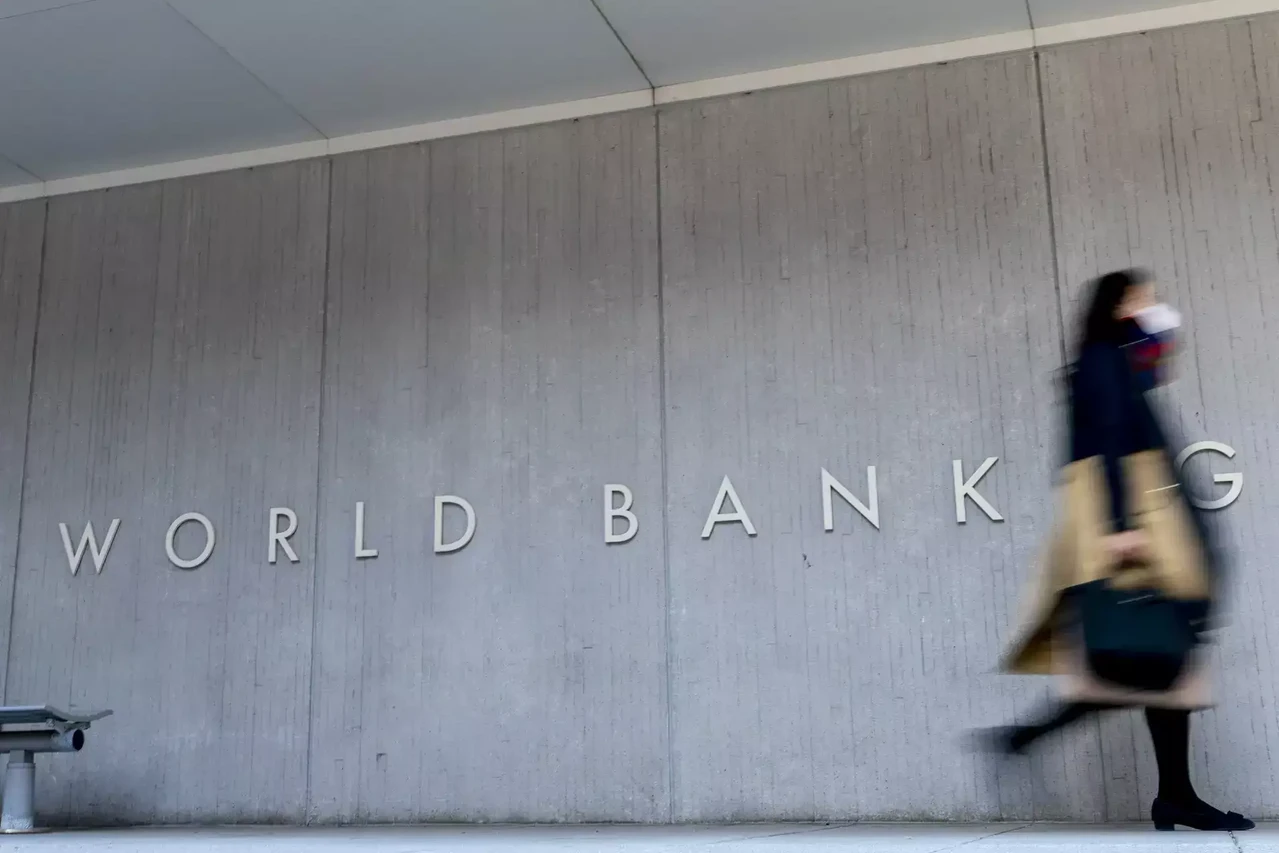How do recently regulated Real Estate Investment Funds (REIFs) work?

Finance Minister Mehmet Simsek recently announced a new regulation to facilitate investments in real estate projects by real estate investment funds (REIF). This article explores the REIF system, its operations, and potential benefits.
Real estate sector challenges
The real estate sector is experiencing its worst period in the last decade. Tightened bank credit, high interest rates, and rising input costs are challenging both investors and developers. Prospective homeowners are complaining about exorbitant prices, while financing issues are negatively impacting production. This vicious cycle is pushing many companies into debt.
Amidst these challenges, Finance Minister Mehmet Simsek revealed a new project to revitalize the sector and make homeownership more accessible. Simsek announced new regulations to allow REIFs to invest in real estate projects, a move previously restricted. He emphasized that the Capital Markets Board (SPK) regulation would remove these limitations.
Small investors to join housing projects
Similar to large pension funds, this structure allows small investors to participate in housing projects collectively. Developers struggling with incomplete projects or financing issues can obtain capital through profit-sharing partnerships. Portfolio management companies, which manage investors’ savings in money and capital markets for a service fee, can also manage portfolios of investment partnerships, pension funds, and foreign companies. The SPK regulates these operations, and REIFs are among the investment areas these companies can handle.
Expected growth to $1 trillion in 10 years
There are currently 184 REIFs with approved issuance certificates from the SPK, and 149 of these funds already have portfolios worth ₺82.7 billion. The number of these funds is expected to increase with the new regulation. With collateral-based structures, projects can be implemented securely. Investors can use their small savings cooperatively to become homeowners, and the economic scale is expected to reach $1 trillion within 10 years.
How does the REIF system work?
-
- REIFs can invest in buildings, homes, land, shopping malls, hospitals, offices, and other properties. Investors in these portfolios can earn income from rent, profits from sales, and shares in the fund’s total profit at the end of the year.
- The primary advantage of a REIF is its ability to participate in multiple real estate projects. Unlike a single-property investment, an investor in a fund can earn income from various sources, such as shopping mall rent, which they couldn’t afford individually.
- Expert teams within the funds provide consultancy on the best investments and potential gains from different projects.
- All properties are registered under the fund. Titles and deeds are managed by the REIFs, and all funds are held in banks.
- Investors receive a ‘custodian institution’ certificate, and REIFs participation documents are stored at the Central Securities Depository. Essentially, funds manage the investment money without direct being handled by investors.
- Investors join these funds through participation documents. The minimum investment amount depends on the fund’s economic size, with each fund having different investment thresholds.
- Income from individually owned rental properties must be declared annually, with taxes reaching up to 30%. However, income from REIFs are taxed at only 10%, and corporate investors are exempt from taxes on REIF income.
- REIFs can make significant investments either upfront or through credit. Small investors can receive their earnings monthly, quarterly, or annually, depending on the agreement with the fund.
- Exiting funds is subject to certain conditions, varying by company. Investors should inquire about these terms, as some companies may impose a 2 or 5-year lock-in period, while others may allow exit up to 5% of the fund’s total size.
- Investors can transfer their shares to another investor. If they wish to exit the fund and find a buyer, they can sell their participation certificate through a notary.
- REIFs have shorter amortization periods compared to traditional real estate investments. While the average payback period for a property in Istanbul can extend up to 20 years, returns from these funds can be realized within 10 years.



